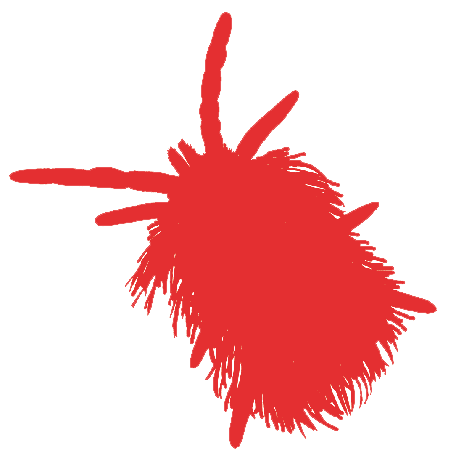This is an unusual post because it is as much about human creativity as that of the natural world. On this morning’s walk, I noticed and photographed a face on a flooded gum tree which had all the hall marks of the most inventive entry in the recently concluded 2022 scarecrow festival, though it had nothing to do with the festival. The face occupied the slightly raised area left by a large branch which had broken off from the trunk, a few metres from the ground. Flooded gums are ubiquitous up here, some of the mightiest specimens attaining great heights in our national parks. The face resembled the folkloric image of the green man, though incorporating strips of brown bark instead of green leaves. PS A friend told me about a face on another flooded gum in the same street, which is marginally not on the route of my walk, and had been there for many years. Its creator didn’t need a ladder to fashion the face. The second face was probably inspired by the first, but did require quite a long ladder.



